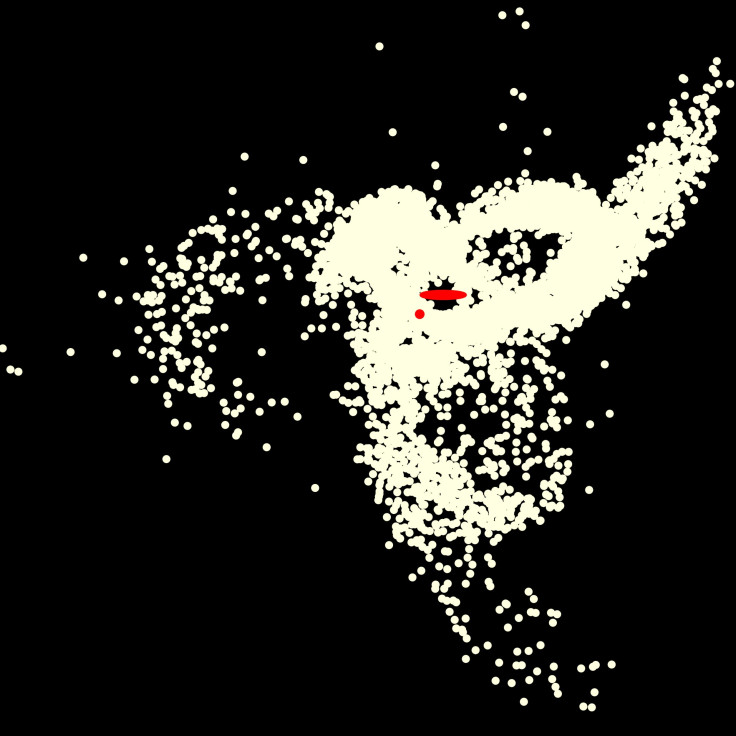Farthest Milky Way Stars Could Be Stolen From Another Galaxy, Astronomers Find

We know that stars in the night sky appear in fixed locations only because they are too far for us to perceive their movements. And we also know that far from being static, stars have a dynamic existence, changing and morphing through their millions and billions of years.
But a new theory proposed by astronomers from Harvard-Smithsonian Center for Astrophysics still comes as somewhat of a surprise. In a study, accepted for publication in the Astrophysical Journal, they suggest that half the farthest stars in our galaxy, the Milky Way, were stolen from another galaxy.
Located about 300,000 light-years from Earth are 11 stars, the farthest known stars in our galaxy, well outside the spiral disk of the Milky Way. And according to the Harvard astronomers, five of the 11 were ripped off, due to our galaxy’s gravitational tides, from a nearby mini-galaxy called the Sagittarius dwarf, which is one among dozens of mini-galaxies that surround the Milky Way.
Since its formation, Sagittarius dwarf made many loops around the Milky Way, and with each loop, the gravitational pull from the bigger galaxy tore apart matter from the smaller. Marion Dierickx, lead author of the study, and her PhD advisor Avi Loeb, simulated the movement of Sagittarius dwarf over the last 8 billion years. At the beginning of that time period, the mini-galaxy weighed about 1 percent of the Milky Way’s mass, or about 10 billion times that of the sun.
But over time, the Sagittarius dwarf lost 90 percent of its dark matter and almost a third of its stars, which formed three distinct streams that reach as far as 1 million light-years from the center of the Milky Way. The streams stretch all the way to the edges of the halo of our galaxy and are among the largest observable structures in the sky.
“The star streams that have been mapped so far are like creeks compared to the giant river of stars we predict will be observed eventually. ... More interlopers from Sagittarius are out there just waiting to be found,” Dierickx said in a statement.
The other six farthest stars are not from Sagittarius dwarf, according to the models, but even those could have been absorbed by the Milky Way from some other galaxy.
© Copyright IBTimes 2024. All rights reserved.





















